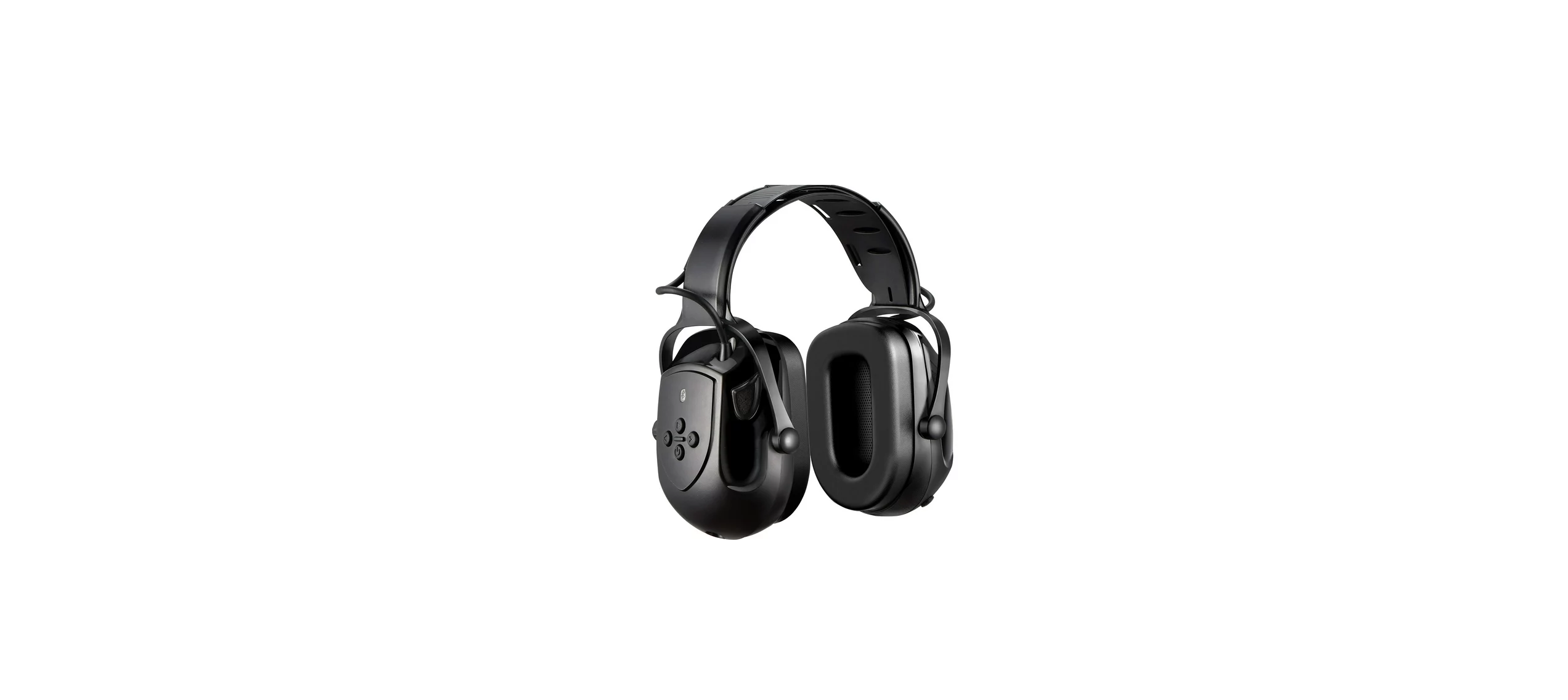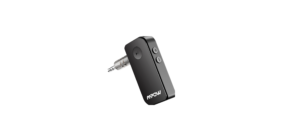Mpow HP102A Bluetooth Noise Reduction Safety Ear Muffs Guide

Package


MB Power on Power off

Bluetooth Pairing

The headset LED flashes red and blue alternately, which means that it enters pairing mode. Activate Bluetooth on your phone and set it to search for new devices. Select MPOW 102 in your BT device list. Pairing is successful when you hear the voice prompt “connected”.
Disconnect Bluetooth Connection

Disconnect Bluetooth Connection:
Press and hold ![]() for 3 seconds when the headset is on or press and hold
for 3 seconds when the headset is on or press and hold![]() for 6 seconds when the headset is off to disconnect your device and enter pairing mode again.
for 6 seconds when the headset is off to disconnect your device and enter pairing mode again.
Volume Button/Previous Track/Next Track

- Press
 to increase volume; press and hold down
to increase volume; press and hold down to skip the next track.
to skip the next track. - Press
 to decrease the volume; press and hold down
to decrease the volume; press and hold down to play the previous track to skip to.
to play the previous track to skip to.
Clear Previously Paired Devices

Clear previously paired devices: Turn Bluetooth pairing mode on. Press and hold the ![]() and
and ![]() simultaneously for 5 seconds.
simultaneously for 5 seconds.
Charging

FCC Statement
Any Changes or modifications not expressly approved by the party responsible for compliance could void the user’s authority to operate the equipment. This device complies with part 15 of the FCC Rules. Operation is subject to the following two conditions: (1) This device may not cause harmful interference, and (2) this device must accept any interference received, including interference that may cause undesired operation. FCC Radiation Exposure Statement: This equipment complies with FCC radiation exposure limits set forth for an uncontrolled environment.
FCC Caution:
This device complies with part 15 of the FCC Rules. Operation is subject to the following two conditions: (1) This device may not cause harmful interference, and (2) this device must accept any interference received, including interference that may cause undesired operation. Any Changes or modifications not expressly approved by the party responsible for compliance could void the user’s authority to operate the equipment.
Note:
This equipment has been tested and found to comply with the limits for a Class B digital device, pursuant to part 15 of the FCC Rules. These limits are designed to provide reasonable protection against harmful interference in a residential installation. This equipment generates uses and can radiate radio frequency energy and, if not installed and used in accordance with the instructions, may cause harmful interference to radio communications.
However, there is no guarantee that interference will not occur in a particular installation. If this equipment does cause harmful interference to radio or television reception, which can be determined by turning the equipment off tal on, the ear is encouraged to try to corect the interference by one or more of the -Reorient or relocate the receiving antenna.
- Increase the separation between the equipment and the receiver.
- Connect the equipment into an outlet on a circuit different from that to which the receiver is connected.
- Consult the dealer or an experienced radio/TV technician for help. The device has been evaluated to meet general RF exposure requirements.
The device can be used in portable exposure conditions without restriction.
REFERENCE LINK





